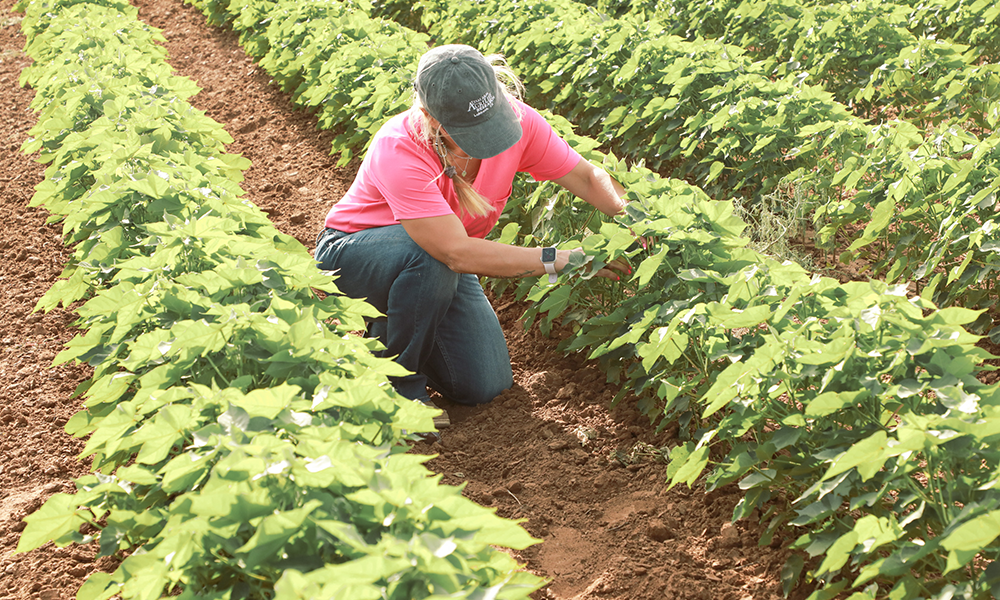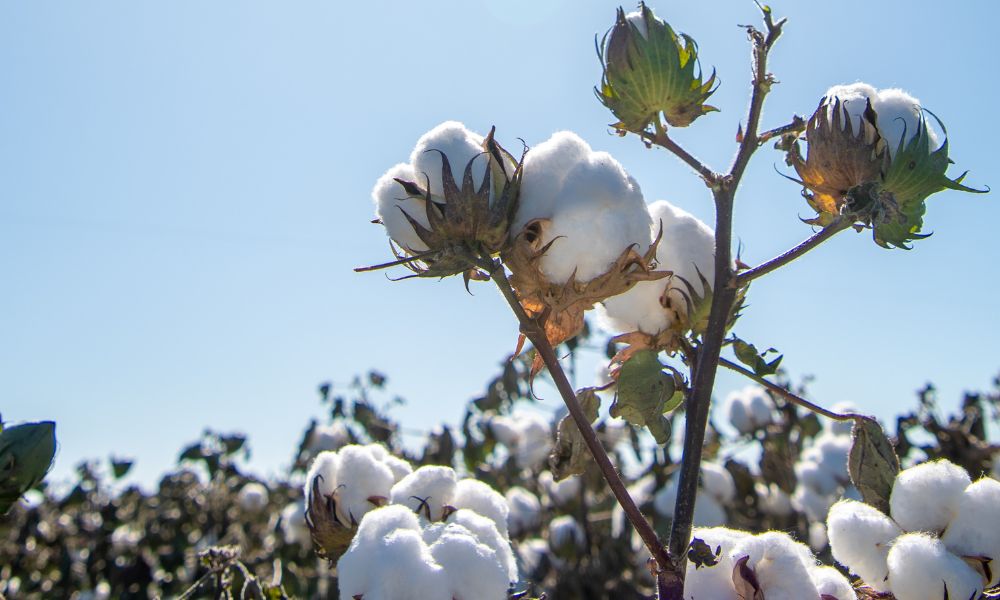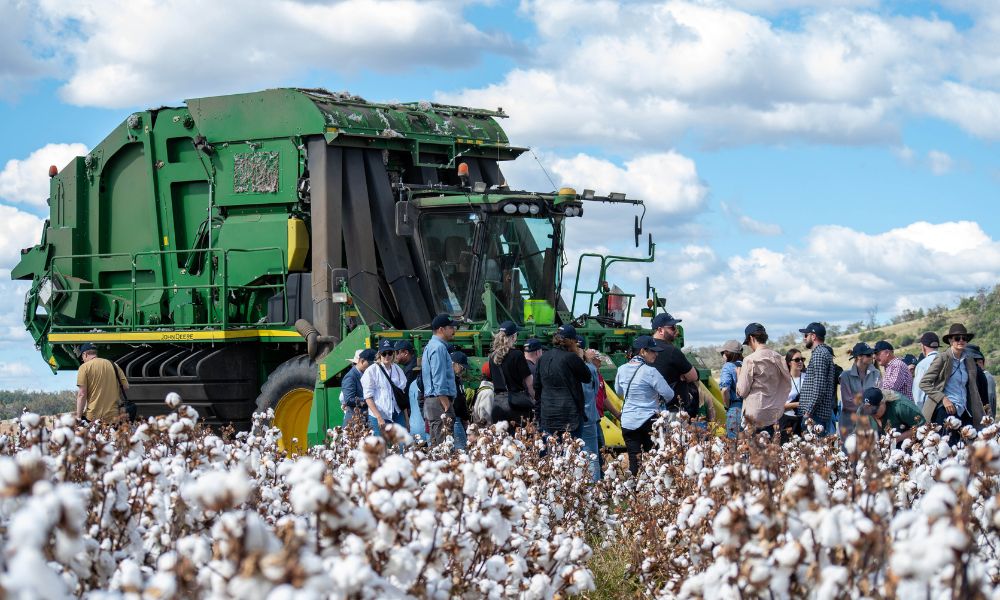New Study Shows How Gin Data Can Foster Cotton Traceability and Sustainability
November 30, 2021
Linking ginning rate to field attributes could decrease energy use per bale
Ginning machinery automatically collects large amounts of performance data, and many machines can be modified at little cost to collect sustainability metrics like processing rate and energy use. But the lack of gin data standards still keeps the cotton industry from using gin data to support supply chain efficiency, traceability and sustainability. A new research study, conducted by representatives from the U.S. National Cotton Ginners Association (NCGA) in partnership with Cotton Incorporated, shows just how much value ginning data could add to the cotton industry.
How Ginning Efficiency Affects the Cotton Supply Chain
As the first manufacturing link along cotton’s supply chain, ginning performance plays a significant role in the industry’s economics, efficiency and sustainability. The more bales per hour, the lower the cost to the ginner, the better the price for downstream customers. Delays on the gin are measured in seconds, with a time-to-bale of more than minutes considered a choke. Since a gin’s energy use stays fairly constant no matter the processing rate, any chokes will waste both money and energy.
The NCGA’s study used advanced statistical models and machine learning to match sensor and classing data with the rare 3% of chokes. The result suggests that gin efficiency can be directly tied to field attributes like variety, agronomic practices, harvesting and weather. Some cotton is harder to gin or gins at a slower rate and creating variety-specific gin settings could improve gin efficiency. Being able to accurately state and decrease energy use per bale could substantially support cotton traceability and downstream sustainability goals.
Learn about how technology makes collecting module-specific data simpler and efforts to integrate this farming data with gin machinery.
Using Data to Decrease Gin Stoppage
These results also suggest that data could help predict a ginning failure. Ginning failures—when the gin must be stopped because of clog—can shut down a gin’s operations for minutes or even hours. With every second counting toward the cost of bales, these failures create a major economic blow to gins, decrease efficiency, and are a large source of wasted energy.
If data could reveal variety-specific ginning rates operators could predict the maximum processing rate for each specific module. Instead of pushing the gin to run at 60 bales per hour on a difficult-to-gin variety and possibly overloading it, they could simply slow down processing and save the risk of failure. Research shows that maintaining an optimal ginning rate and avoiding down time are two of the most important issues in energy savings as well.
The Unrealized Potential of Ginning Data
The study also found that about 50% of the variability in ginning rate can be predicted based on the field the cotton came from. Researchers analyzed variety attributes like seed index, lint percentage and fiber quality on 50,000 bales to try to identify the factors that decrease bale rate. Some of their findings were expected, like a higher lint index (weight of lint per 100 seeds) meant a slower bale rate. But surprisingly, module moisture did not seem to affect ginning rate.
“The fact that the results weren’t always consistent with expectation shows that sophisticated gin data analysis does have value,” said Edward M. Barnes, director of Cotton Incorporated’s agricultural and environmental research division and one of the study’s authors.
Read more about Cotton Incorporated’s efforts to standardize cotton research data and create a central cotton data repository.
Creating universal standards for ginning data could help unlock more of its potential, especially gin data’s value to growers and apparel brands. Growers could pair gin data with their own farming data to help create cotton quality maps of their fields. Brands could use standard energy use and efficiency metrics to measure progress toward their sustainability goals. The NCGA study shows just how much insight ginning data can provide and how close the cotton industry is to making data a driver in every element of its supply chain.
The work we do is possible because of collaborations with researchers like these and partnerships with people all throughout the value chain. Ready to commit to sustainably produced cotton? Become a Cotton LEADS℠ partner today. Interested in doing even more? Contact us for ideas to get the most out of sustainable cotton and your partnership with Cotton LEADS.














Recent Comments